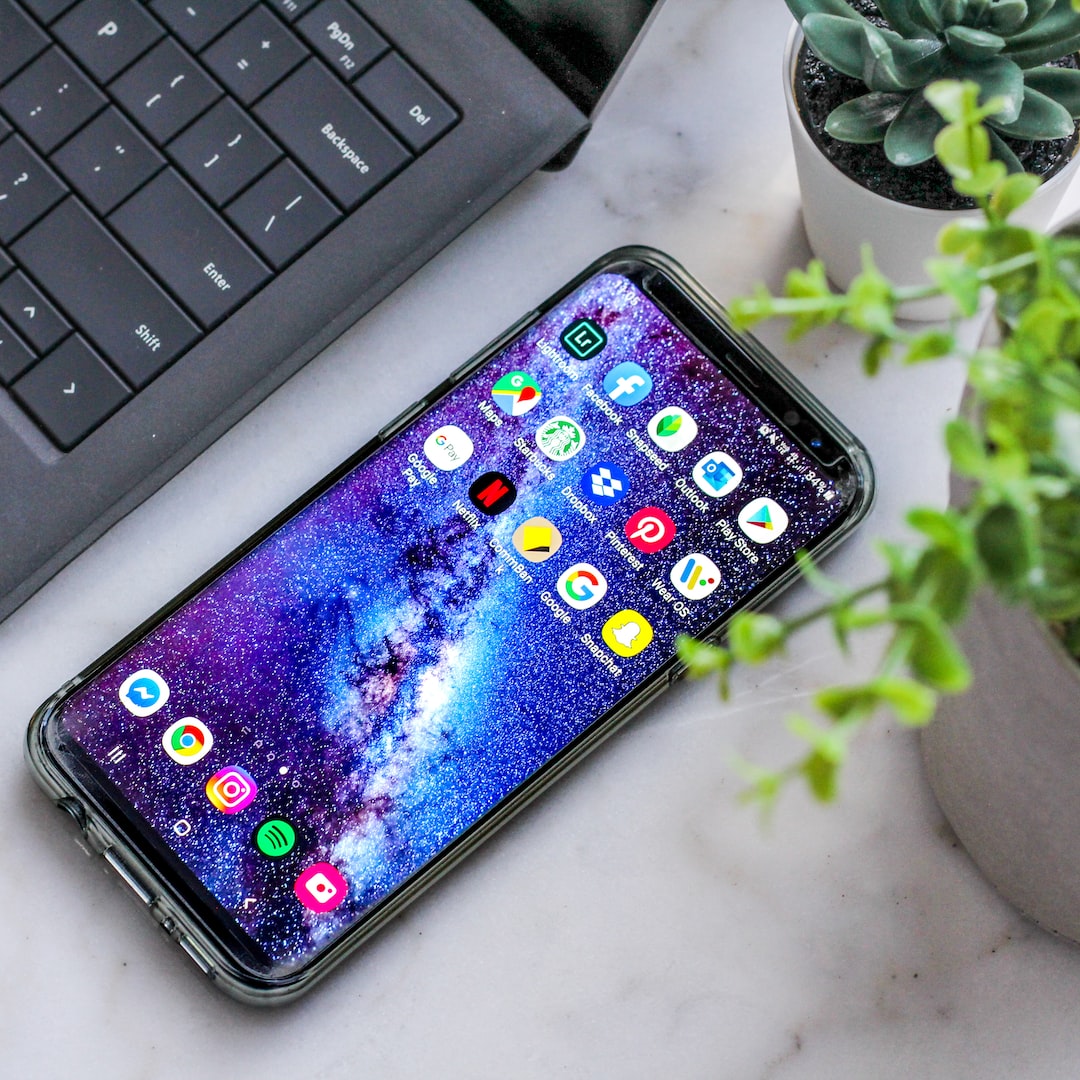Plan for conducting ongoing usability testing to identify and address potential user experience issues.
Conducting ongoing usability testing is crucial for identifying and addressing potential user experience (UX) issues in an iterative and proactive manner. Here's a plan for incorporating ongoing usability testing into the development process:
- Define Usability Goals:
- Clearly define usability goals and objectives for your application. These goals should align with the overall user experience strategy and business objectives.
- Create User Personas:
- Develop user personas representing different segments of your target audience. Use these personas as a foundation for designing test scenarios that reflect real user needs and behaviors.
- Establish Testing Frequency:
- Determine a regular cadence for usability testing sessions. Depending on the development cycle and the frequency of feature releases, schedule testing sessions at appropriate intervals.
- Select Testing Methods:
- Choose appropriate usability testing methods based on your goals and the stage of development. Methods may include moderated or unmoderated usability testing, user surveys, card sorting, or eye tracking, among others.
- Recruit Diverse Participants:
- Recruit a diverse group of participants that mirrors your target user base. Ensure that participants represent different demographics, technical expertise levels, and usage scenarios.
- Prepare Test Scenarios:
- Develop realistic and relevant test scenarios that align with the usability goals. Craft tasks that cover critical user journeys, interactions with key features, and common workflows within the application.
- Use Prototypes and Wireframes:
- If available, leverage prototypes and wireframes in early-stage testing to gather feedback on fundamental design concepts before investing significant development resources.
- Incorporate Real-World Context:
- Introduce real-world context into usability testing scenarios to mimic how users would interact with the application in their natural environment. Consider various devices, network conditions, and user motivations.
- Leverage Remote Testing Tools:
- Explore the use of remote usability testing tools to facilitate testing with participants located in different geographic areas. This can provide a broader perspective on user experiences.
- Gather Quantitative and Qualitative Data:
- Combine both quantitative and qualitative data collection methods. Utilize metrics such as task success rates, completion times, and error rates, along with participant feedback and observations.
- Conduct Heuristic Evaluations:
- Perform heuristic evaluations based on established usability principles and guidelines. Enlist usability experts or UX professionals to assess the application independently.
- Iterative Testing with Releases:
- Incorporate usability testing as part of the release cycle for new features or updates. Conduct iterative testing to identify and address issues early in the development process.
- Accessibility Testing:
- Include accessibility testing as part of usability testing to ensure that the application is inclusive and compliant with accessibility standards (e.g., WCAG).
- Feedback Loops with Development:
- Establish feedback loops with the development team. Share usability testing findings promptly and collaborate on solutions to address identified issues.
- Prioritize and Implement Changes:
- Prioritize identified usability issues based on severity and impact on the user experience. Work closely with the development team to implement changes and improvements.
- Continuous Benchmarking:
- Establish baseline usability metrics and continuously benchmark against them. Track changes in usability over time to measure the impact of design enhancements.
- User Satisfaction Surveys:
- Implement user satisfaction surveys after usability testing sessions to gather additional insights into overall user sentiment and satisfaction.
- Iterate Based on User Feedback:
- Continuously iterate based on user feedback and insights from usability testing. Use this feedback to inform design decisions, prioritize enhancements, and refine the user experience.
- Document Learnings and Best Practices:
- Maintain a comprehensive record of usability testing findings, learnings, and best practices. Use this documentation to inform future design decisions and educate team members.
- Usability Testing Workshops:
- Conduct usability testing workshops with the development team to foster a shared understanding of user needs and the importance of usability. Encourage collaboration between UX designers, developers, and other stakeholders.
By incorporating ongoing usability testing into your development process, you can systematically identify and address UX issues, leading to a more user-friendly and effective application. Regular testing, collaboration with users, and a commitment to continuous improvement are key elements of a successful usability testing strategy.
